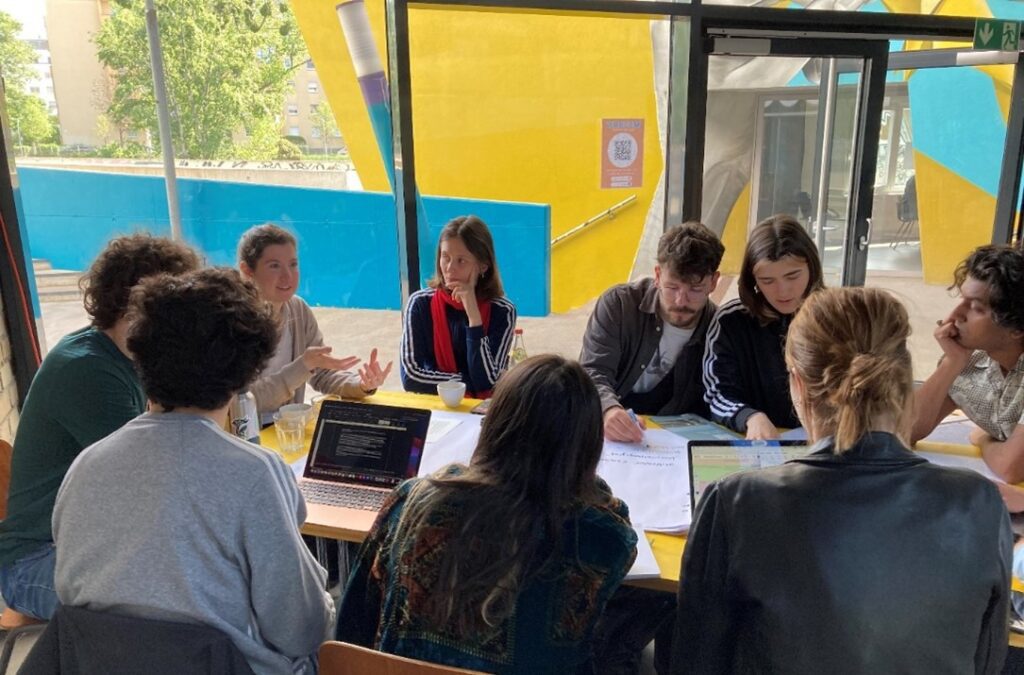Environmental Sustainability
The EU Directive provides a framework for evaluating factors like biodiversity, health, and climate change impacts. However, specific indicators and implementation details are left to individual cities and regions. In general, a collaborative approach that connects different groups of stakeholders with varying governance departments across institutional levels when developing indicators.
A key issue is, determining who generates, updates, accesses, and analyzes indicator data. The process is recursive, slow, and complex, involving various departments with competing priorities, and in turn, illustrates the need to further develop methods that bolster not only the effectiveness, but also, the efficiency of co-creative sustainability assessment processes.
Moreover, questions arose about whether some indicators are truly useful or if they are developed due to project related obligations. This led to an exchange about the importance of measuring indicators over time to assess the long-term impact of projects and to update indicators as new laws or regulations are adopted. Another aspect highlighted was the exercise of comparing results to a “null variant” (no action taken) as such is crucial for evaluating the actual effects of urban interventions against a baseline scenario.




Vienna’s research on climate assessment systems for buildings was also discussed. This aims to identify optimal indicators within zoning and building regulations for monitoring overheating risks and the cooling benefits of green spaces. While analyzing specific indicators, Vienna views the overall quality of life as the key high-level indicator that sustainable urban policies should enhance through comprehensive environmental monitoring.
Written by Julia Brito Mafaldo
Summer semester 2024







